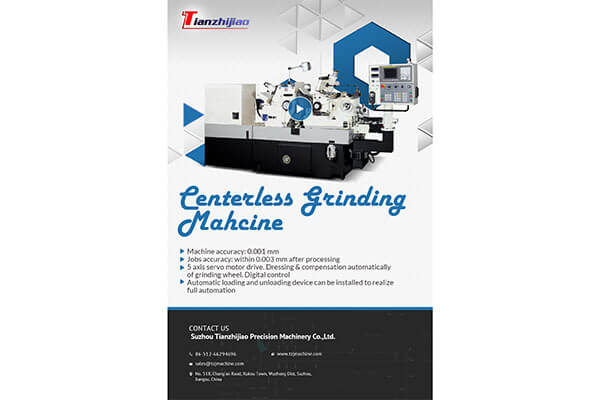© 2019 Suzhou Tianzhijiao Precision Machinery Co.,Ltd. All rights reserved. Site Map Designed by iwonder.cn
Our hot product Engine Valve Grinding Machine is on sale. Today, we will introduce you to the self-test, self-repair and basic maintenance operations of the Engine Valve Grinding Machine.

In accordance with the rules of the equipment operating procedures, carefully check and maintain the valve lathe before and after operation. It is necessary to replace the mechanical oil with the headstock and the vacuum pump at regular intervals. It is necessary to carefully clean the components and the oil pool when changing the oil. It is necessary to smooth the smooth points of the Engine Valve Grinding Machine as scheduled in accordance with the smoothness of the machine tool.
Before the operation, all the machine tools should be checked. Is the oil level in the oil pool correct? No dust should be placed on the working surface of the Engine valve end grinding machine The work surface and the guide surface should be kept clean. After the operation is completed, the power switch should be closed, the chips should be carefully removed, and the machine tool should be carefully cleaned. The exposed surface of the machine should be coated with anti-rust oil.
The machine tool safety protection equipment is guaranteed to be completely intact. After maintenance, cleaning and disassembly, and fashion, the valve lathe ensures the equipment at all times. If the self-inspection self-study scale is exceeded and the operator cannot repair and rehabilitate the application, the maintenance team should be stated in time for treatment.
When the sealing surface of the valve lathe is severely worn, the width is obviously added, or the ablation is severe, the valve seat can be reamed with a reamer to recover the airtightness. The sealing cone angle of the intake and exhaust valves of the engine and the valve seat are both 45°, so the 45°, 15° and 75° reamers can be used to rebuild the valve seat to recover the airtightness, during which 45° The reamer is divided into two types: thick blade and fine blade.
Before the valve lathe, the appropriate reamer and arbor should be selected according to the dimensions of the valve seat and the valve guide hole. If the valve guide hole wear is severe, the valve seat needs to be reamed after replacing the new valve guide. The 45° reamer reaming process is as follows:
(1) The valve seat is roughly hinged with a 45° thick blade reamer. Because the valve seat has a hard layer, the reamer may slip during reaming. At this moment, the coarse sand cloth pad can be used to face the sealing cone under the reamer and then reamed.
(2) When the sealing cone is too wide, Engine Valve Grinding Machine can be reamed with a 15° or 75° reamer to adjust the width and position of the sealing cone. The width of the valve seat sealing cone directly affects the service life of the valve. If the sealing cone surface is too wide, the pressure on the unit sealing cone surface is reduced, and the composition of the hardened layer is lowered, resulting in a decrease in wear resistance of the valve seat. If the sealing cone surface is too narrow, the contact surface of the valve and the valve seat simply grinds out the groove, and the heat dissipation of the valve head can be poor, which simply causes the valve to ablate.
(3) Fine-tapping the valve seat sealing cone surface with a 45° fine-blade reamer. In order to improve the quality and smoothness of the sealing cone, Engine valve seat grinding machine polishing sand can be used to polish the sealing cone under the reamer.
By continuing to use the site you agree to our privacy policy Terms and Conditions.